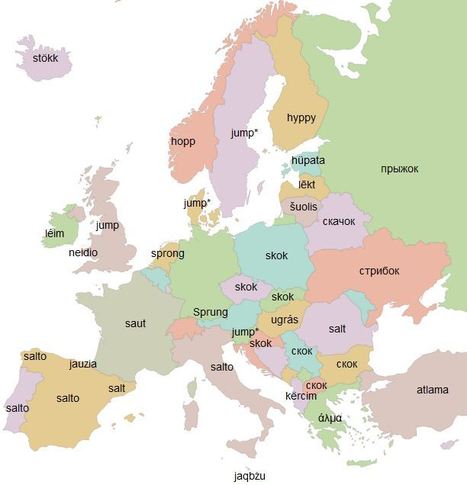Translate any word from English to more than 30 other European languages, on a map
Get Started for FREE
Sign up with Facebook Sign up with X
I don't have a Facebook or a X account

 Your new post is loading... Your new post is loading...
 Your new post is loading... Your new post is loading...
|

The Rice Process's curator insight,
March 31, 2014 10:59 AM
Love these lessons. Reminds me of the Gridiron Geography unit I did with my junior high classes. The lessons connected geographical regions, economy, history or culture themes to NFL football teams. 
Marianne Hart's curator insight,
April 23, 2014 11:28 AM
Local teams, stadium name, mascot, Great addition to #MysterySkype
Lauren Sellers's curator insight,
May 28, 2014 11:50 PM
It neat to think as the population grew a new city needed a new field and team and they use the landscape and culture around them to help decide factors of a team including the name and mascot and even the food. An example would be although you would find hot dogs in every stadium its probably a specialty in Chicago while in New York its pizza and down south in Texas its nachos. |












unit 3
Lots of fun to visualise linguistic similarities and variability across a region.
Amazing how many use hamburger as hamburger.